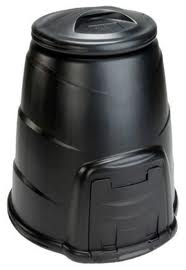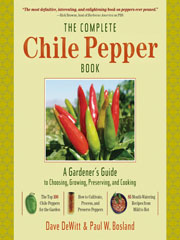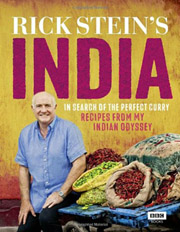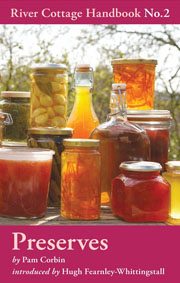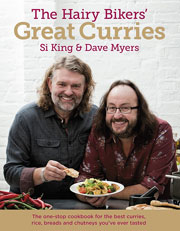Its getting to that time of year when plants start dying back and the garden starts to look a bit scruffy. I tend to grow a lot of potted plants, not just chillies so at this time of the year I have large quantities of dead plants, root balls and other garden waste to dispose off.
It makes perfect sense to me to compost as much as possible. Not only is it an environmentally friendly way to get rid of waste but of course you also gain a free supply of top quality compost that can be used for next years plants be they grown in pots or in the ground.
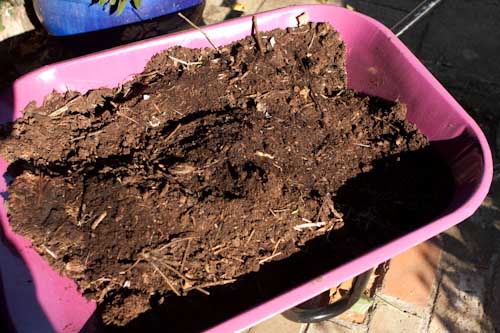
Making compost is easier than most people think. As long as you follow some basic steps you should have no problems producing great quality compost in just a few months.
Types of Compost Heap
The first thing you’ll need to do is to decide what type of compost heap you’re going to have. You can start off with a simple pile of debris on the ground but depending on the space and available budget you may choose a different solution. Below we’ve listed the most popular choices.
1. Traditional Heap
The easiest and cheapest. You compost heap can be as simple as a heap in a corner of the garden or a elaborate as a multi -stage system like the guys at Good Cheer Garden built out of old pallets.
Much will depend on the space and materials you have to hand. A multi section system allows you to move the material as it decomposes meaning you need to spend less time turning the compost and always have easy access to usable compost.
These plastic compost bins are compact, tidy and easy to use, particularly if you have limited space. You simply add new material to the top and take out the finished compost via a flap at the bottom.
Many councils offer highly subsidized rates on these bins making them extremely cheap to buy so be sure to check with your local council before buying one at a garden center.
3. Tumbler
These types of composters are like giant tombolas. Though they take up more room in the garden they are designed so that the process of turning your compost is extremely easy. To turn you simply spin the composter round, meaning there is no need to get your hands dirty.
Generally the more you turn compost the quicker the decomposing takes. As a result these tumbling composters make compost the quickest out of the three types though they are also the most expensive to buy. I have a friend who loves his Parasene tumbler and highly recommends them.
What Can You Compost?
The key to making good compost is to use a wide variety of material. Ideally you should have an equal mix of green and brown material (see below for the definitions). The green materials are high in Nitrogen which help to get the decomposing organisms going while the brown material is carbon rich – great food for the organisms.
Green Ingredients:
Grass Cuttings
Nettles
Comfry
Garden prunings
Vegetable peelings
Tea bags/coffee grinds
Brown Ingredients:
Cardboard
Shredded waste paper (avoid glossy paper)
Fallen leaves
Woody prunings
Other:
Hair clippings
Crushed egg shells
Old egg cartons
Keep your Compost Moist
If using a closed composter such as a dalek or a tumbler then you may need to occasionally water your compost heap. The pile should be moist but not so wet that the material becomes slimy and rots.
[ad name=”square”]
Avoid water logging by ensuring there is adequate drainage at the bottom of your pile. This can easily be achieved by adding a few bits of wood to the bottom of your pile before starting and ensuring the pile is positioned over free draining soil.
Shred Your Waste
The smaller the material you add to the compost bin, the faster the composting process will take. Try to ensure you reduce the size of any waste you add to your compost pile. For example when using waste paper or cardboard, I run it through a regular household shredder before adding it to the pile.
A common problem gardeners face when making compost is that a lot of material they have to hand is too large or woody. If you’ve pruned back a large bush and have lots of woody branches one easy way to get it chopped nice and small is to put it on the lawn and run your lawn mower over it a few times.
Turn Your Compost
Turning your compost regularly is crucial in order to speed the process up and ensure a consistent texture to your compost. Doing so adds air to the mix to prevent is getting too damp as well as spreading the composting organisms around the pile.
If using a tumbler turning your compost is easy, simply spin the barrel. If you’re using a dalek or a regular pile then you’ll have to fork over the contents.
If you are using a dalek style compost bin then turning your compost can be difficult, particularly when the bin is nearly full. Previously I used to either struggle with a garden fork then usually end up lifting the dalek off the heap it enclosed and turn everything out onto the lawn before shoveling it back in – and creating a mess in the process.
Last year I bought a compost turner. I was a bit dubious that this would be one of those unnecessary tools that never gets used however it is exactly the opposite. Turners make the job of turning compost incredibly easy which means I now turn my heaps about every two weeks instead of twice a year!

